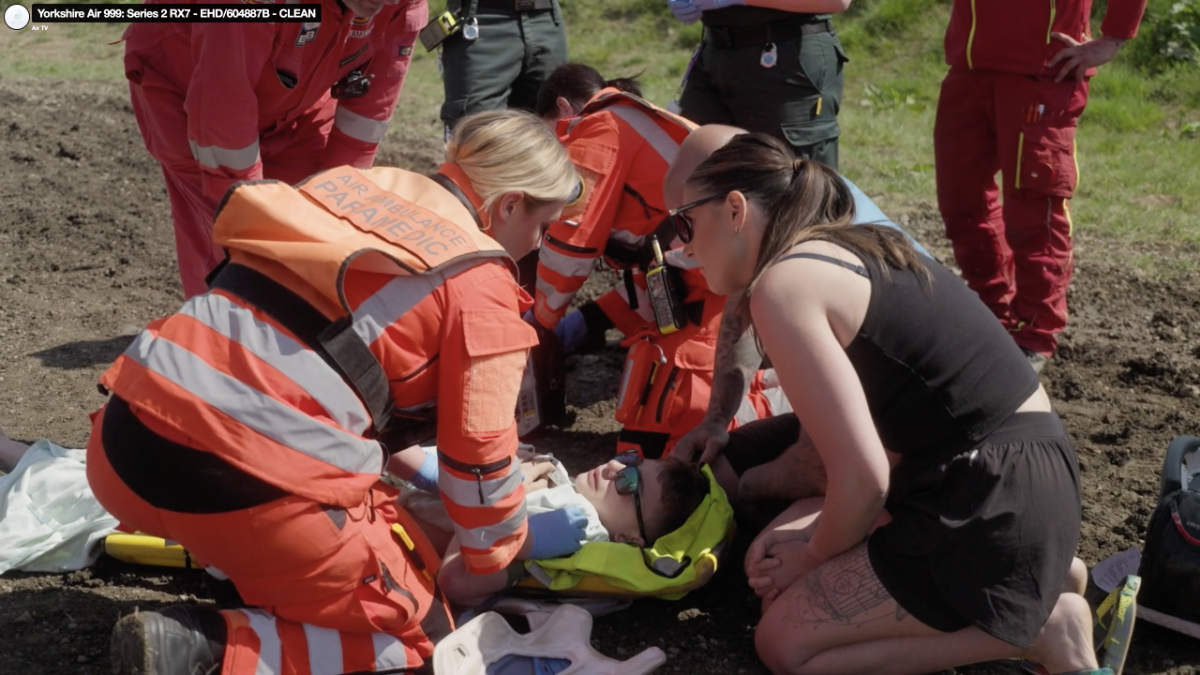Reports published by the NHS covering 2021 to 2022 have show 250,000 new cases of gout in British Hospitals – that’s a 20% increase in just two or three years. The report indicate a 5-year high of cases in the coming year.
The report only considered cases that required hospital treatment, so there will be many more cases.
The condition is misunderstood, but the debilitating effects are very real. Traditionally it was thought of to be a result of living the high-life of wine and game, but causes have changed over the years, along with diets.
Gout is classified as an inflammatory arthritis, and can occur in many joints in the body, but most commonly in the feet or knees. The condition is when there is a build up of uric acid in the body. That can then cause crystal deposits in joints. Viewed under a microscope, crystal deposits appears as a very spikey, needle-shaped structure. Using an engineering analogy, it is like a grinding paste between the joints, causing inflammation and intense pain. In patients with long-term, untreated gout, uric acid crystals can deposit under the skin. This is called tophi.
In an active flare-up, the pain can be so intense that it is preferable to crawl, and even the weight of a single bed sheet can cause excruciating pain. The pain typically becomes worse at night, leading to tiredness.
Diet is a big part of managing the likelihood of a flare-up, and there are medicines that treat the uric acid build-up, and medicines that help manage an active flare-up
Dr Gui Tran is a Consultant Rheumatologist at The Duchy Hospital in Harrogate who specialises in gout. He has revealed why this supposedly historical condition is now affecting more people than ever and how to tackle it, as well as the treatments available.
Dr Tran sees patients complaining of sudden attacks of pain and swelling in their joints – this is usually the big toe.
The attack is accompanied by severe redness and tenderness.
Dr Tran said:
In some cases, patients tell me that the vibrations caused by someone moving past them quickly can lead to excruciating pain – even when their foot is elevated.
There is a misconception that this condition is a rich man’s disease, brought on by drinking lots of alcohol and eating very rich foods. However, this is not entirely true. A large proportion of the people that suffer from gout actually have a predisposition to gout which leads to them suffering from attacks, rather than simply from environmental factors.
The problem with gout is that the debilitating attacks come and go in a cycle. A patient can go weeks or months without having an attack and believe that they are fine and the suddenly they are struck down with immense pain around the affected joint which reduces their quality of life and often their ability to work.
This has a knock-on impact when it comes to treating the condition, as the pain is not consistent, many believe that it will just pass and therefore do not seek treatment or advice. However, if left untreated, the attacks can become more frequent and last longer. Gout is a condition that can lead to long term joint damage. Additionally, people with gout often have high blood pressure, high cholesterol or are at an increased risk of suffering a stroke.
With a 20% increase in the number of patients suffering from the condition, you would think that the symptoms would be more widely known, but Dr Tran confirms that there is a still a long way to go to break the misconceptions around this condition.
Dr Tran said:
Not enough is being done to talk about the condition. More people are coming into clinics, often driving several hours to try and understand why they are suffering from periodic bouts of pain. Delays in treatment brought on by the pandemic have not helped, but wider recognition of symptoms is also to blame.
If a patient is suffering from gout but is in hospital receiving treatment for another condition, dehydration and issues with their kidneys can often bring on an attack. They are therefore building up more uric acid in their joints which is the main trigger for an attack.
The five most common symptoms to look out for are:
- Joints that are hot to the touch
- Affected joints that are swollen
- The pain occurs within 24 hours
- Often begins in the knee, ankle or foot
- Often occurs overnight
Despite diet not necessarily being the sole cause of gout, modifying your diet can help.
Many foods can be high in purines, such as offal and some sea food.
Natural fructose and man-made high fructose corn syrup should also be avoided as when it is broken down by the body it produces purines.
For many they need to develop their own “gout friendly” diet.
Supplements can also be useful for managing the condition, with Vitamin C or Cherry supplements with known benefits. Iron supplements can cause a flare-up, so should be taken with caution.
The kidneys are also key to helping filter the uric acid from the blood stream. Keeping maximumly hydrated helps the kidneys do their job.
The four best ways to manage gout:
- Reduce alcohol consumption
- Reduce red meat consumption
- Stay hydrated
- Try to avoid drinking sugary drinks which contain fructose
Dr Tran said:
If symptoms persist, speak to your GP or specialist and often a course of medication can alleviate symptoms
The more we talk about the condition and how to treat it, the more at ease patients will be. Often the treatments are simple and not invasive. We have a responsibility to make people aware and stand ready to support.








Very informative 👏 👌. Please can you help understand if ever gout can be eliminated. Pain is constant 4months and affecting all aspects of life.